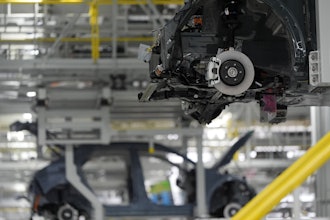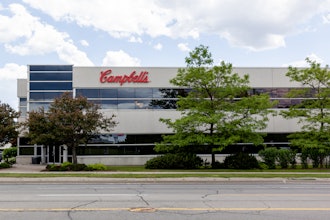Here at IMPO and Chem.Info, we try to stay out in front of the trends happening in chemical and processing facilities around the country. Whether it’s the inherently safer technologies that could (read: probably will) change the way chemical facilities operate, or membrane separation technologies designed to improve everything from wastewater treatment to carbon capture, we’re constantly reading, watching and talking about processing technologies in order to present products and stories that can help you on the plant floor.
When something is getting you excited or upset, like the mandatory EPA GHG rule, we use your reactions to gauge the general feelings of the processing community, and hence the coverage that we should allocate to the subject.
On the flip-side, we also keep an eye on things that seem to be flying under the radar, one example of which is wireless plant technology. Sure there’s a lot happening in this area, with wireless monitoring and control being an undeniably useful application due to the lower installation costs and inherent convenience, but there’s a distinct lack of excitement or discussion about its development and implementation.
Before I started as an editor at Chem.Info, I spent several months writing for Wireless Week magazine, covering handset manufacturers, wireless carriers, and emerging technologies. Every day there was a new company trying to change or improve the way we communicate and go about everyday tasks. Of course the consumer marketplace is a world apart from industrial plant purchases, but the constant discussion, development, design, and re-design of consumer-based wireless products and applications created an ecosystem where user requirements ruled and useless products died a quick death.
Bob Karschnia from Emerson Process Management has a column in the upcoming print issue of Chem.Info where he talks about some of the new ways that facilities are using WirelessHART technology — such as using wireless temperature transmitters to monitor the condition of a steam cracked boiler drum and to determine when it might need to be replaced. Stories like this are bound to give plant managers an idea for their own facility, and I encourage you to send in your own experiences with wireless technology or questions that other readers may be able to answer.
WirelessHART is certainly one of the big IEE 802.15.4 wireless networking protocols, but there are a number of other competitors on the market. In fact, we recently ran a poll on the Chem.Info website to get an indication of which protocols are most widespread — the results were neck and neck.
It’s hard to say if we’ll see another HD DVD vs Blu-Ray situation (for those that can’t remember — Toshiba sold thousands of it’s HD DVDs, only to discontinue the high definition format when Blu-Ray won widespread industry support), but we want to know which protocols you find the best to work with or why you chose one over another.
You can send your feedback through to me at [email protected] — please indicate if you would like your comments posted under this blog, so that other plant managers can learn what you already know.
By the way, we still haven’t heard any more about the iPhone built for chemical processing plants.


















